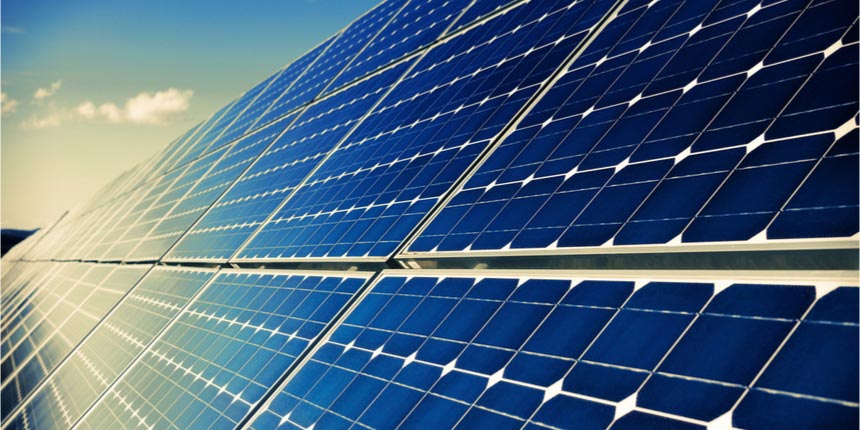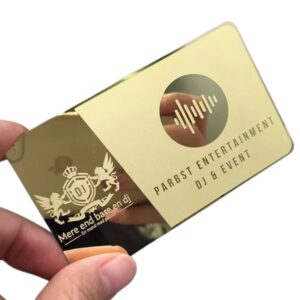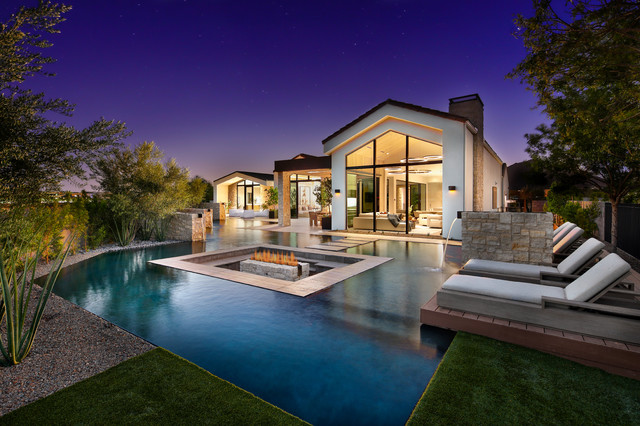So, you’re in need of a truck accident lawyer, and you’re wondering how often they settle cases out of court under federal laws. Well, let’s dive into this topic and explore what goes on behind the scenes. We’ll take a closer look at the factors that influence out-of-court settlements and the negotiation strategies used by skilled attorneys. Plus, we’ll dig into some statistics that might change the way you approach your own legal battles.
Before we get into all that, let’s talk about the federal laws that come into play when it comes to truck accident settlements. These laws provide guidelines and regulations for both truck drivers and trucking companies. They cover areas such as driver qualifications, hours of service, vehicle maintenance, and more. Understanding these laws is crucial for building a strong case.
Now, when it comes to settling cases out of court, there are a few factors that come into play. First and foremost, it’s important to consider the strength of the evidence. If the evidence clearly points to the truck driver’s negligence or the trucking company’s negligence, then the chances of settling out of court are higher. On the other hand, if the evidence is weak or there are conflicting accounts of the accident, it may be more difficult to reach a settlement.
Another factor to consider is the willingness of the parties involved to negotiate. Both the plaintiff and the defendant need to be open to the idea of reaching a settlement. If one party is not willing to negotiate or if they believe they have a strong case that can be won in court, then settling out of court may not be an option.
When it comes to negotiation strategies, skilled truck accident lawyers know how to navigate the process effectively. They will gather all the necessary evidence, including accident reports, witness statements, and expert opinions, to build a strong case. They will then use this evidence to negotiate with the opposing party and their insurance company. The goal is to reach a fair and reasonable settlement that compensates the victim for their injuries, medical expenses, and other damages.
Now, let’s talk about the statistics. While there is no exact number on how often truck accident cases settle out of court, it is estimated that a significant portion of these cases do end in settlement. This is because both parties often recognize the benefits of avoiding a lengthy and costly courtroom battle. Settling out of court allows for a quicker resolution, reduces legal fees, and gives the victim a sense of closure.
Factors Influencing Out-of-Court Settlements
When it comes to out-of-court settlements for truck accident cases, it’s important to understand the different factors that can influence the decision-making process. One key factor is the negotiation tactics used by both parties involved. Each side will try to present their case in the best possible way, using persuasive arguments and evidence to support their position. Skilled lawyers will use a variety of tactics to negotiate a favorable settlement for their clients.

These negotiation tactics can include presenting strong evidence of liability and damages, pointing out any weaknesses in the opposing party’s case, and emphasizing the potential risks and costs of going to trial. It’s important for truck accident lawyers to have a deep understanding of the specific laws and regulations governing truck accidents, as well as the ability to effectively communicate with insurance companies and opposing counsel.
Aside from negotiation tactics, settlement agreements in truck accident cases are also influenced by other factors such as the severity of the injuries, the extent of property damage, and the financial resources of the parties involved. Insurance companies may be more willing to settle if they believe they could face significant liability in court or if they want to avoid negative publicity. On the other hand, plaintiffs may be more inclined to accept a settlement if they have overwhelming medical bills or if they’re concerned about the length and uncertainty of the litigation process.
Negotiation Strategies Employed by Truck Accident Lawyers
Truck accident lawyers have a range of negotiation strategies at their disposal to help their clients achieve favorable settlements. One important aspect of these strategies is effective communication. Lawyers need to clearly express their clients’ needs and positions to the opposing party. By effectively communicating the strengths of their case and the potential consequences for the other side, lawyers can encourage a more cooperative and constructive negotiation process.
In addition to communication, truck accident lawyers rely on thorough legal research to strengthen their negotiation position. They gather evidence, study relevant laws and regulations, and analyze past cases to build a strong foundation for their arguments. This research allows them to present compelling legal arguments and demonstrate the liability of the opposing party.
Another strategy used by truck accident lawyers is the use of alternative dispute resolution methods, like mediation or arbitration. These methods provide a more informal and collaborative setting for negotiations, allowing both parties to work towards a mutually beneficial solution. Through skilled negotiation techniques, lawyers can guide their clients towards reaching a settlement that meets their needs and avoids the uncertainties and costs of litigation.
Furthermore, truck accident lawyers may leverage their knowledge of the legal process and the potential outcomes of litigation. By presenting a strong and persuasive case, lawyers can highlight the risks and potential damages that the opposing party may face if the case goes to court. This can motivate the other side to consider a settlement that is more favorable to the client.
Benefits of Settling Cases Outside of Court
Settling cases outside of court has a lot of benefits for parties involved in truck accident litigation. It offers a faster resolution compared to going to trial, which can be a lengthy and expensive process with no guarantee of a favorable outcome. By settling your case, you can avoid the time, stress, and expense associated with a trial.
Another advantage of settling outside of court is that you have more control over the outcome. When you go to trial, the decision is in the hands of a judge or jury. However, by settling, you have the chance to negotiate and reach a resolution that is mutually beneficial to both parties. This can result in a more satisfactory outcome for everyone involved. There are informative sites focused specifically on truck accidents which explain that settlements allow for tailored resolutions addressing medical requirements, lost income replacement, and future accommodations for permanent disabilities resulting from these catastrophic crashes.
Settling outside of court also allows for a greater degree of privacy. When a case goes to trial, it becomes a matter of public record. This means that the details of your case, including any sensitive or personal information, can become accessible to the public. By settling, you can keep your case private and avoid potential embarrassment or damage to your reputation.
While settling outside of court offers many advantages, it’s important to consider the potential disadvantages as well. One possible disadvantage is that the settlement amount may be lower than what you could potentially receive through a trial. Additionally, settling may require you to waive your right to pursue further legal action in the future.
Statistical Analysis: Frequency of Out-of-Court Settlements
Out-of-court settlements are pretty common in truck accident cases, according to statistics. Let’s break down how often these settlements happen and what impact they have:
Why do settlements happen?
- Strong evidence: If the evidence overwhelmingly supports the plaintiff in a truck accident case, the defendant’s legal team might choose to settle out of court. This way, they can avoid the risk of a bigger payout in a trial.
- Cost-effective: Going to trial can be a long and expensive process. To save time and money, both parties might agree to a settlement instead of going through litigation.
- Risk reduction: Legal proceedings always have some uncertainty. Settlements help both parties reduce the risk of an unfavorable outcome in court.
How do settlements affect insurance premiums?
- Lower premiums: Insurance companies often consider the likelihood of a claim going to trial when setting premiums. When truck accident cases are settled out of court, it reduces the risk of a costly trial. As a result, it can lead to lower insurance premiums.
- Faster resolution: Settling cases out of court allows insurance companies to resolve claims more quickly. This efficiency positively impacts insurance premiums by reducing the time and resources needed to handle each case.
- Reputation management: By settling out of court, insurance companies can avoid negative publicity and potential damage to their brand reputation. This gives them an extra reason to pursue out-of-court settlements.
Federal Laws Governing Truck Accident Settlements
When it comes to resolving truck accident cases, it’s important to understand the federal laws that govern the process of reaching settlements. Federal laws play a crucial role in determining how truck accident cases are settled, ensuring fairness and consistency in the legal process. These laws provide guidelines and regulations that both plaintiffs and defendants must follow when negotiating a settlement.
Under federal laws, there are specific requirements that must be met for a truck accident settlement to be considered valid. One important aspect is the involvement of the Federal Motor Carrier Safety Administration (FMCSA), which sets regulations for commercial motor vehicles, including trucks. The FMCSA requires trucking companies to have insurance coverage that meets certain minimum levels. This ensures that victims of truck accidents have access to compensation for their injuries and damages.
Additionally, federal laws require trucking companies to keep records related to their drivers, vehicles, and safety practices. These records can be crucial in determining liability and assessing the damages in a truck accident case. They provide valuable evidence that can strengthen a plaintiff’s claim and support their demand for a fair settlement.
Moreover, federal laws also establish the standards and regulations for truck drivers, including limits on hours of service, drug and alcohol testing requirements, and qualifications for obtaining a commercial driver’s license. These regulations are in place to promote safety on the roads and reduce the risk of truck accidents.
Understanding the federal laws governing truck accident settlements is essential for both plaintiffs and defendants. It ensures that the settlement process is conducted in accordance with the law, protecting the rights of all parties involved. By working with qualified truck accident lawyers who are well-versed in these federal laws, you can navigate the settlement process effectively and increase your chances of reaching a fair and just resolution.



 The material composition of your metal business cards plays a crucial role in determining their durability. Different metals have varying levels of strength and resistance to wear and tear. For example, stainless steel is known for its durability and corrosion resistance, making it an excellent choice for metal business cards. Aluminum, on the other hand, is lightweight but not as strong as stainless steel. It may be more prone to bending or scratching over time. Therefore, it is essential to choose a metal that suits your specific needs and expectations for durability.
The material composition of your metal business cards plays a crucial role in determining their durability. Different metals have varying levels of strength and resistance to wear and tear. For example, stainless steel is known for its durability and corrosion resistance, making it an excellent choice for metal business cards. Aluminum, on the other hand, is lightweight but not as strong as stainless steel. It may be more prone to bending or scratching over time. Therefore, it is essential to choose a metal that suits your specific needs and expectations for durability.

 Layers involve combining different types of lighting, such as pathway lights, uplights, and downlights, to create a multi-dimensional effect. This not only enhances visibility and safety but also adds a dynamic quality to the outdoor space. Importantly, the night sky itself becomes an integral part of the outdoor lighting narrative. Minimizing light pollution ensures that the celestial canvas remains unobstructed, allowing stars to twinkle and constellations to emerge. Shielding outdoor fixtures and using directed lighting techniques contribute to preserving the natural darkness, fostering a connection with the cosmos and inviting contemplation. In the dance between light and darkness, outdoor lighting brilliance reveals the hidden charms of the nocturnal world. By understanding the art of balance, the nuances of color temperature, the versatility of lighting sources, and the importance of layers, one can transform an outdoor space into a captivating masterpiece under the night sky. Embracing these secrets unlocks the full potential of outdoor lighting, turning every garden, pathway, and architectural feature into a luminescent spectacle that enchants and delights all who venture into the night.
Layers involve combining different types of lighting, such as pathway lights, uplights, and downlights, to create a multi-dimensional effect. This not only enhances visibility and safety but also adds a dynamic quality to the outdoor space. Importantly, the night sky itself becomes an integral part of the outdoor lighting narrative. Minimizing light pollution ensures that the celestial canvas remains unobstructed, allowing stars to twinkle and constellations to emerge. Shielding outdoor fixtures and using directed lighting techniques contribute to preserving the natural darkness, fostering a connection with the cosmos and inviting contemplation. In the dance between light and darkness, outdoor lighting brilliance reveals the hidden charms of the nocturnal world. By understanding the art of balance, the nuances of color temperature, the versatility of lighting sources, and the importance of layers, one can transform an outdoor space into a captivating masterpiece under the night sky. Embracing these secrets unlocks the full potential of outdoor lighting, turning every garden, pathway, and architectural feature into a luminescent spectacle that enchants and delights all who venture into the night.